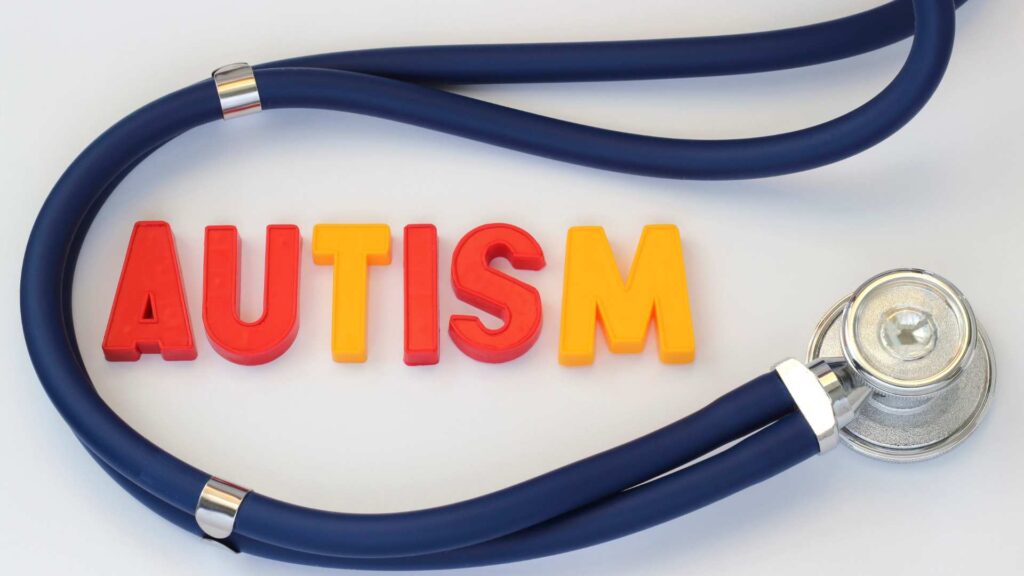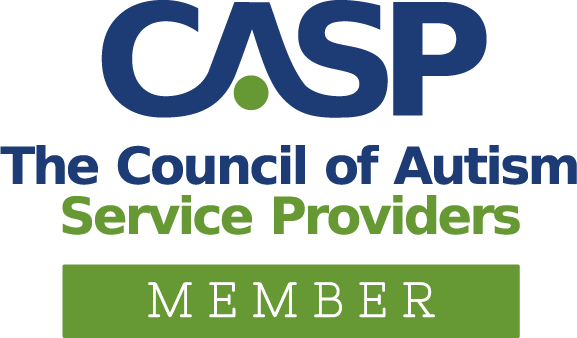Table of Contents
What is the best treatment for autism?
When your child is diagnosed with autism spectrum disorder (ASD), the desire to give them the best autism care possible becomes your top priority. But, with countless options—some rooted in scientific research and others promising quick fixes—it can be challenging to know where to start.
Choosing the right approach means filtering through a sea of advice and opinions from well-meaning friends, family members, or even strangers online. So, if you are asking yourself, what is the best treatment for autism? Or why does science matter in autism care? The answer is that it provides clarity in a complex landscape, ensuring that the therapies you choose are not only safe but also practical.
Science-backed treatments offer more than just evidence of their effectiveness. They empower families to make informed decisions and give children tools to navigate the world with confidence. Treatments that have undergone rigorous research provide peace of mind, knowing that they have scientific background and proven strategies rather than anecdotal claims or trends. Among these approaches, therapies like Applied Behavior Analysis (ABA) stand out for their ability to address the unique challenges of autism while fostering meaningful, long-term progress.
In this blog by ABA Centers of America, we’ll explore why science-backed care matters in autism treatment and how it protects children and families from ineffective or even harmful methods.
The Role of Science in Autism Care

Science is the foundation of meaningful progress in autism care. Unlike anecdotal methods or fads, science-based approaches are developed and tested through years of research. This process ensures that the strategies used are effective across a wide range of children and settings, providing consistent results rather than one-off success stories.
Why does this matter? Because autism is a spectrum, and every child has unique strengths and challenges. Science-based therapies are adaptable and designed to meet the individual needs of each child. They are also measurable, allowing providers to track the progress and adjust as needed. This data-driven approach helps families feel confident that the effort and resources they invest are leading to tangible, positive outcomes.
The Risks of Pseudoscience in Autism Care
Autism treatment is a multi-million-dollar industry, and not all options are created equal. Many “miracle cures” or “breakthrough treatments” marketed online lack scientific validation, preying on the hopes and vulnerabilities of families seeking help. These methods often sound appealing, promising fast results or even a “cure” for autism. However, without the support of rigorous research, they come with significant risks.
Some common pseudoscientific treatments include:
- Chelation Therapy: This method claims to “detoxify” the body of heavy metals despite no evidence linking heavy metal exposure to autism. The Cochrane Database of Systematic Reviews research showed no evidence that chelation therapy improved autism symptoms. Moreover, the treatment poses serious risks, including hypocalcemia, kidney damage, and even death. Chelation can cause serious side effects, such as kidney damage, mineral deficiencies, and even death in extreme cases.
- Hyperbaric Oxygen Therapy (HBOT): Originally designed to treat conditions like decompression sickness, HBOT is sometimes falsely promoted as a way to improve autism symptoms. While it may sound harmless, it’s expensive and has no proven benefits for autism, according to research by the Canadian Family Physician.
- Specialized Diets (e.g., Gluten-Free, Casein-Free): While some children with autism may have food sensitivities, there’s no evidence that restrictive diets improve autism symptoms universally. These diets can lead to nutritional imbalances if not correctly managed.
- Stem Cell Therapy: According to Frontiers in Psychiatry, research on stem cell therapy for autism is still in the early stages, with limited evidence supporting its safety or effectiveness. Most studies are small, lack standardized methods, and show no consistent benefits, while the rationale for its use in autism remains unclear.
- Energy Healing or Crystal Therapy: These methods are based on spiritual or mystical beliefs instead of scientific evidence, which may limit their effectiveness in addressing autism symptoms.
Why Pseudoscience Is Harmful
First, pseudoscientific treatments can waste valuable time and financial resources that individuals and parents can spend on evidence-based therapies. For children on the autism spectrum, early intervention is critical, as it significantly impacts long-term development and independence. Every moment spent on ineffective methods is a missed opportunity to implement proven strategies.
Second, some unproven treatments can cause physical or emotional harm. For example, according to the Journal of Medical Toxicology, chelation therapy can cause severe complications, and restrictive diets can cause malnutrition if not adequately monitored. Emotional harm can also occur when families place high hopes on ineffective treatments, leading to frustration, disillusionment, and a loss of trust in professional guidance.
Finally, pseudoscientific methods can undermine the credibility of legitimate autism care. They create confusion about what works, making it harder for families to identify trustworthy resources.
Evidence-Based Approaches: Why They Work
ABA therapy has established itself as a trusted cornerstone of autism care, supported by decades of research and innovation. The introduction of ABA in the 1960s began to help individuals with autism build critical life skills. Over time, practitioners have significantly evolved the approach, incorporating ethical advances and focusing more on the individual needs of each child. Teaching communication, managing sensory sensitivities, or fostering social interactions becomes achievable through structured, evidence-based techniques.

ABA therapy is rooted in data-driven methods. Therapists use observation and task analysis to break down complex tasks into manageable steps, reinforcing progress with positive encouragement. For instance, imagine teaching a child how to brush their teeth. ABA doesn’t just say, “Go brush your teeth.” Instead, it breaks the process into smaller tasks: picking up the toothbrush, applying toothpaste, and brushing each section of the mouth. The therapist teaches each step and practices until it becomes second nature. This level of detail helps children master not only daily tasks but also broader skills like emotional regulation and problem-solving.
Making Informed Decisions for Your Child
For parents, choosing a treatment approach often comes with external pressure from others offering unsolicited advice. While well-intentioned, this advice can lead to confusion, especially when it involves unsupported methods.
Understanding why science matters in autism care can help you navigate these conversations with confidence. By choosing methods backed by research, you’re not only supporting your child’s immediate growth but also investing in their future potential.
How ABA Centers of America Leads the Way
At ABA Centers of America, we are committed to staying at the forefront of autism care. Our approach is rooted in evidence-based practices, ensuring that every child we work with receives therapy tailored to their unique needs and goals. We believe in the power of science to create meaningful, lasting change, and we continuously update our strategies to reflect the latest advancements in the field.
We offer therapy options to fit every family’s needs. With centers located in New Hampshire and Massachusetts, as well as in-home ABA therapy services, we make evidence-based care accessible and convenient for families.
Choosing ABA Centers of America means selecting a partner dedicated to your child’s success. Let us help your family build a brighter future. Call us at (844) 923-4222 or schedule a free consultation to discover how we can support your journey.







